HyperX was all excited about the modularity of its Pulsefire Saga mouse lineup at CES 2025 — showing off not just modular parts that would come with the mouse, but a variety of colorful 3D-printed modular parts that it suggested users would be able to print at home.
(Of course, who wants to pay $120 for a gaming mouse, only to have to then print your own parts at home?)
Okay, well, you don't have to print your own parts at home, as the mouse does come with some parts in the box — an extra version of each modular part, which includes the shell, primary buttons, and individual thumb buttons. But the modular parts aren't particularly interesting on their own, so at the end of the day it's just a regular mouse with switchable parts unless you really plan on putting your 3D printer to use.
The HyperX Pulsefire Saga Pro is, at its core, a wireless gaming mouse with a right-handed shape, six buttons (five programmable), and up to a 4,000 Hz wireless polling rate. It's lightweight — but not that lightweight — and it features HyperX's 26K sensor, which is the same sensor we've seen in HyperX mice for the past couple of years. But it is modular — an uncommon trait among the best gaming mice — and the modularity is implemented nicely.
Design and Comfort of the HyperX Pulsefire Saga Pro
The Pulsefire Saga Pro Wireless has a pretty familiar shape — it looks a lot like the HyperX Pulsefire Haste 2, albeit with a less ambidextrous shape. The mouse, in its default form, has a mildly contoured right-handed shape with flat primary buttons, a notched scroll wheel, and two thumb buttons that follow the chassis' side curve. It features a lightly textured matte black shell with HyperX's HX logo printed in silver on the palm rest. It's not the most exciting mouse design, but the angled separation of the buttons from the palm rest gives it a little HyperX flare. It has one customizable RGB lighting zone, in the scroll wheel.

The notable thing about this mouse is that it's modular — though it's not nearly as much as the Orbitalworks Pathfinder. The modularity is implemented pretty well: the parts feel sturdy and are mostly connected magnetically. You can swap out the main shell (the palm rest and sides), the primary buttons, and the thumb buttons. HyperX includes two options for each in the box: two palm rests (one is slightly more contoured), two sets of primary buttons (one set has finger grooves), and two sets of thumb buttons, which can be used separately.

Swapping out the shell is as easy as sliding off the back of the mouse, which is connected magnetically. This is perhaps a little too easy, however, as I kept sliding it off accidentally whenever I tried to unplug the mouse. Once the back is off, the thumb buttons, which are also connected magnetically, pop off easily (I suppose you can try to pry them off without sliding off the back, but it's easier if you do). The primary buttons also pop off — these, you cannot swap without sliding off the back. Everything fits together neatly and easily, and feels fairly sturdy — I didn't have any issues with parts falling off or moving around, except when I was trying to unplug the mouse from its USB-C cable. There's also a storage spot for the 2.4GHz wireless USB-A dongle under the hump, which is a nice touch.
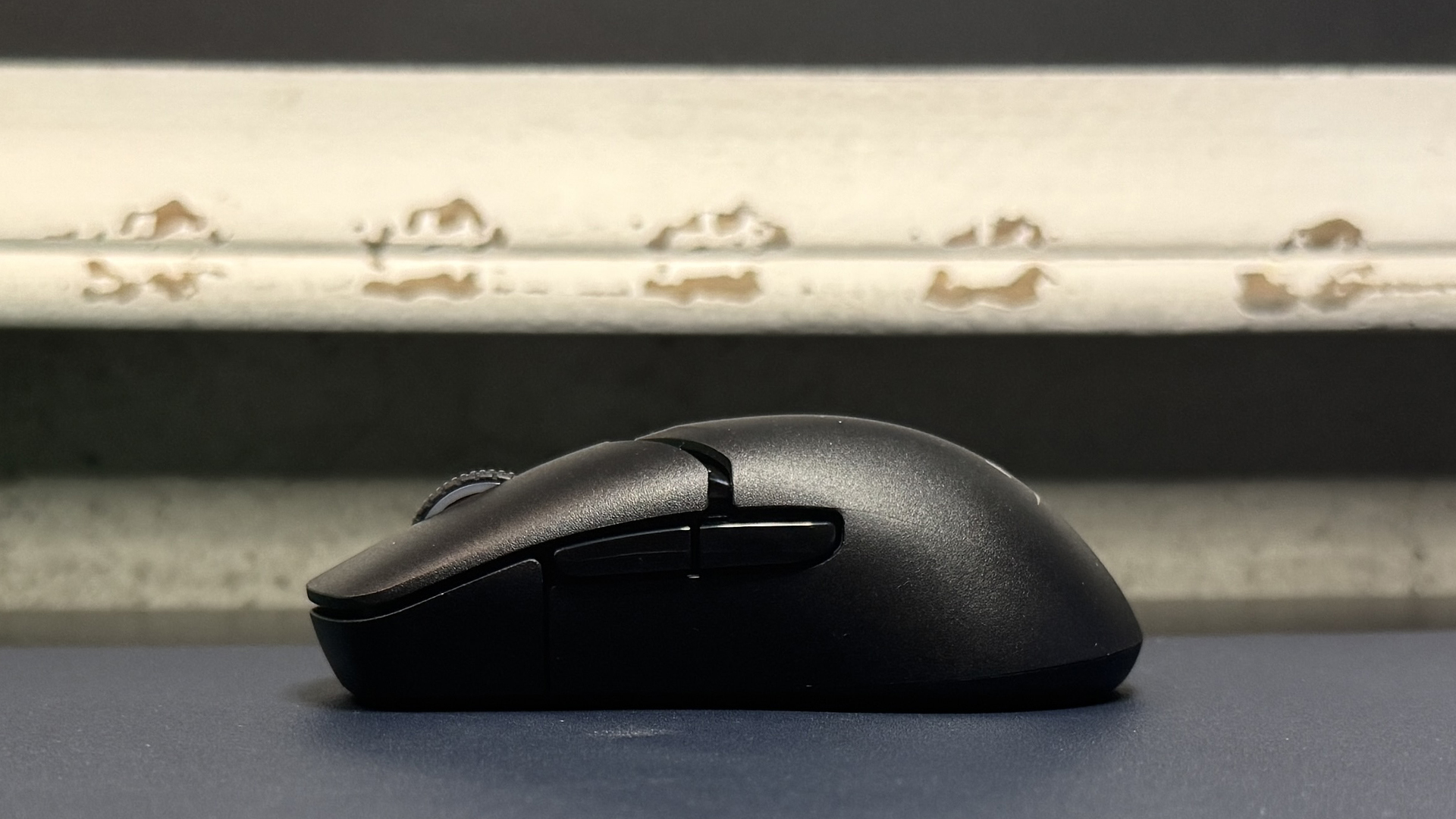
Regardless of how you configure this mouse, it's on the smaller side. It measures 4.7 inches (119.7 mm) long by 2.65 inches (67.2 mm) wide, and is 1.57 inches (39.8 mm) high at its highest point, which is smaller than most mainstream gaming companies' flagship mice. It's also a little shorter than the Pulsefire Haste 2, which measures 4.89 x 2.63 x 1.5 inches (124.6 x 66.8 x 38.2mm). I have medium-sized hands and long fingers, so larger/longer mice have never been much of an issue for me, but if you're looking for a shorter mouse, this is worth a look. It's the same length as Razer's Cobra Pro (but slightly wider and taller).
All configurations of the Pulsefire Saga Pro give it the same weight of 2.54 ounces (72 g) — lightweight, but not that lightweight. I don't play a lot of games where mouse weight is an issue for me, but this mouse definitely isn't so lightweight you'll forget it's there. It's still lighter than some similarly-sized mice — the Cobra Pro weighs 2.72 ounces (77 g) — but the Haste 2, for example, is significantly lighter at 1.87 ounces (53 g). I suppose it's the modularity that adds to the weight, probably to ensure the strength and integrity of the shell, but the Pathfinder is both modular and ultra-lightweight, maxing out at 1.94 ounces (55 g). Of course, the Pathfinder is also significantly pricier at $189.

On the bottom of the mouse, you'll find PTFE mouse feet — two large feet along with some extra dots and a ring around the sensor for glide, a DPI switch button, and a power switch that lets you toggle between the mouse's 2.4GHz wireless connection and Bluetooth.
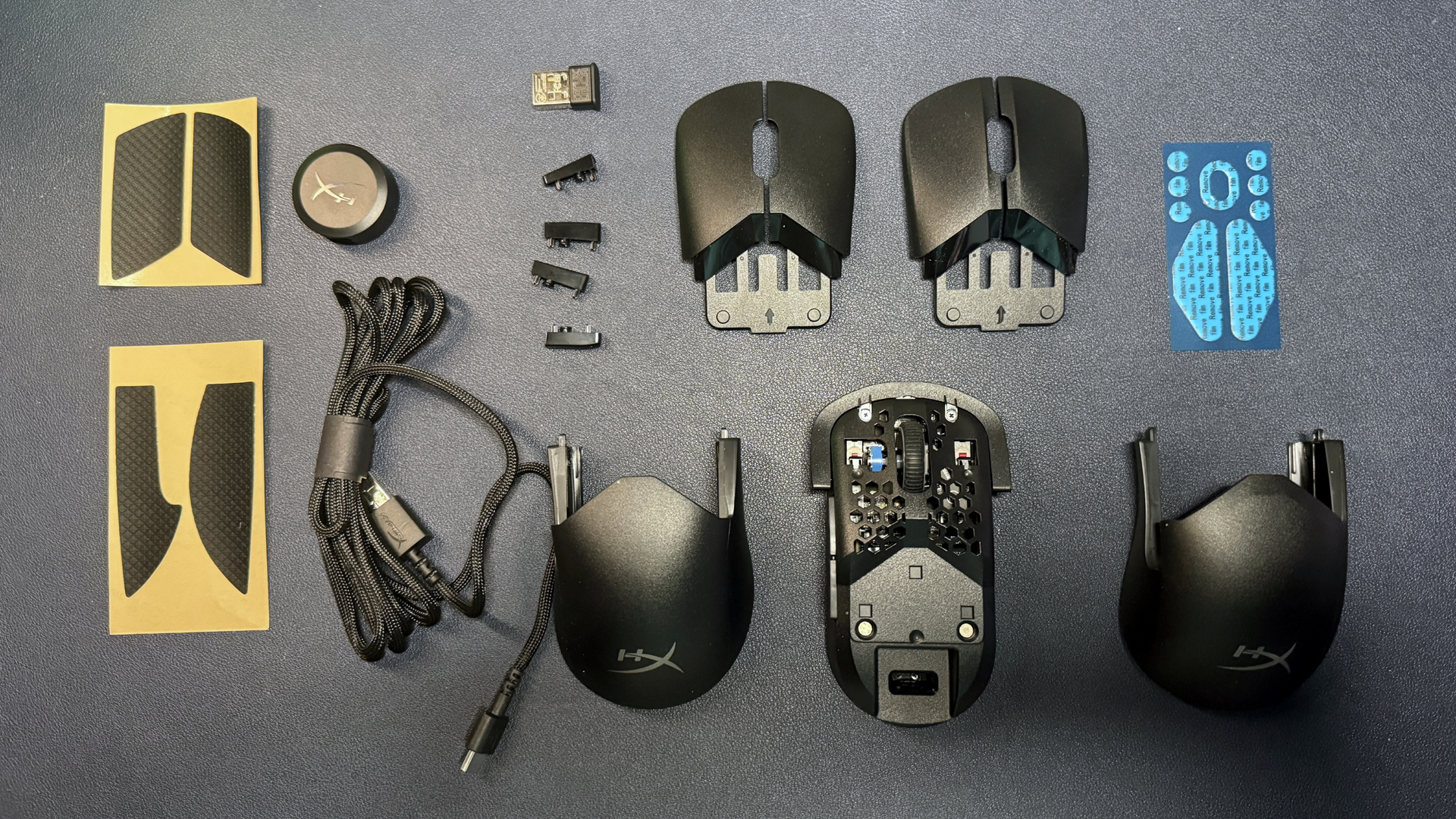
In the box, you'll find the pre-built mouse and secondary options for each modular part, as well as extra PTFE mouse feet, pre-cut grip tape (though, only one — so you should finalize your mouse build before adding grip tape), a 5.9-foot (1.8 m) HyperFlex USB-C to USB-A cable, a USB-C adapter, and a 2.4GHz wireless USB-A dongle.
Specs
Swipe to scroll horizontally
Sensor Model | HyperX 26K Sensor |
Max Sensitivity | 26,000 DPI |
Max Speed (IPS) | 650 IPSD |
Max Acceleration | 50G |
Polling Rates | 4,000 / 2,000 / 1,000 / 500 |
Programmable Buttons | 5 |
LED Zones | 1 |
Cable | 5.9 ft / 1.8 m, USB Type-C to USB Type-A |
Connectivity | 2.4 GHz wireless, Bluetooth, wired (USB-C) |
Measurements (L x W x H) | 4.7 x 2.65 x 1.57 inches / 119.7 x 67.2 x 39.8mm |
Weight (excluding cable) | 2.54 oz / 72 g |
MSRP / Price at Time of Review | $119.99 |
Release Date | 2025 |
Performance of the HyperX Pulsefire Saga Pro
The mouse features HyperX's 26K optical sensor, which has a maximum resolution of 26,000 DPI and a maximum speed of 650 IPS, and can handle up to 50 G's of force. This is the same sensor featured in the HyperX Pulsefire Haste 2, and it's a good sensor — but it's definitely a couple of years old at this point. It still works very well, with fast, accurate tracking that doesn't skip or stutter. It tracked nicely over a variety of different surfaces, including hard, soft, hybrid, and glass mouse pads, as well as standard desktop surfaces such as wood and laminate.
The mouse features HyperX's own optical switches in its primary mouse buttons, which are pretty nice — precise, tactile, and clicky. They're a little on the firm side, like those of the Pulsefire Haste 2, but I didn't mind that this time. Unfortunately, the mouse's side buttons and scroll wheel are still lackluster — the side button switches are mushy, and both the scroll and the scroll wheel click are lacking in tactile feedback for me. The primary buttons' optical switches feel very good, but this kind of highlights how bad the other switches feel.
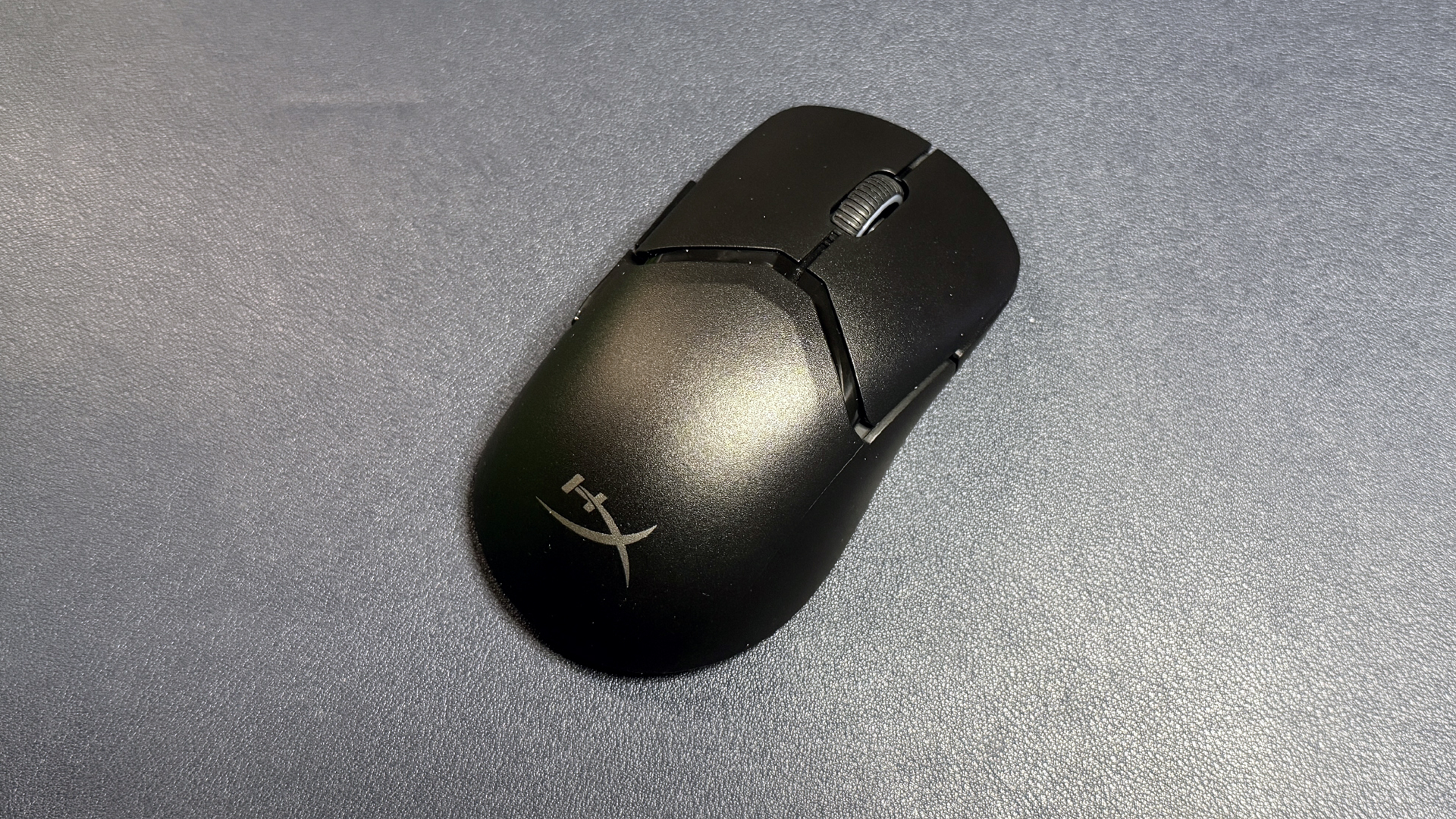
The mouse offers up a solid performance for gaming in general, but at this point I'm sort of programmed to see this kind of simple, lightweight, minimal-button gaming mouse as a mouse for games where speed and accuracy are important — e.g., first-person shooters and competitive eSports. And while this is a decent mouse for those types of games, it doesn't really stand out. It's light, but not that light; it has a solid sensor, but not bleeding-edge (or particularly current); and it offers up to a 4,000 Hz wireless polling rate in a world where its competitors all feature 8,000 Hz wireless polling rates. While these specs aren't necessarily going to make a significant difference for the casual gamer, the Pulsefire Saga Pro just feels a little behind.
Features and Software of the HyperX Pulsefire Saga Pro
The Pulsefire Saga Pro is a pretty straight-forward 6-button mouse, but it has a few options that can be adjusted using HyperX's universal peripheral software, Ngenuity. I have no real issues with Ngenuity, other than that it's fairly basic — but this mouse is fairly basic, so it's not an issue.
You can use Ngenuity to update the mouse's firmware, remap its buttons, adjust the DPI steps, switch the polling rate to 4,000 Hz, and customize the RGB lighting in the scroll wheel. The mouse comes preset with a 1,000 Hz polling rate and four preset DPI steps (400, 800, 1,600, 3,200), and you can add an additional step in the software.
Wireless Experience and Battery Life of the HyperX Pulsefire Saga Pro
The Pulsefire Saga Pro has three forms of connectivity: ultra low-latency 2.4GHz wireless, Bluetooth, and wired (USB-C). It also features HP's "Instant Pair," meaning it can pair over 2.4GHz wireless with compatible HP Omen laptops sans dongle. I haven't tried this feature, as I don't have a compatible HP Omen laptop, but it certainly sounds handy for those who do.
HyperX rates the Pulsefire Saga Pro's battery life at around 90 hours with a 1,000 Hz polling rate, which is good — but also pretty standard for similar mice. Bumping the polling rate up to 4,000 Hz decreases that figure, of course, down to about 30 hours.
Bottom Line
The HyperX Pulsefire Saga Pro is a solid, if somewhat boring, wireless modular gaming mouse. The only real reason I see to get this mouse over other mice on the market is if you'reThe excited about its modularity — and you own a 3E printer, and you have, I don't know... very unique hands? Because while it might make sense to 3D print your own modular parts for a hefty MMO-oriented gaming mouse, I don't see it being quite as useful for something that's supposed to be simple, speedy, and lightweight. I don't think you can trust the at-home 3D printing process enough to expect it to output something competition-ready, so anyone who is 3D-printing parts is probably looking for a different type of mouse.
I like the idea of this mouse, but $119.99 is too much to pay for mediocre modularity. The Pulsefire Haste 2 — while also not particularly exciting and two years old at this point — will give you a pretty similar, if slightly less modular, experience.

 5 days ago
8
5 days ago
8
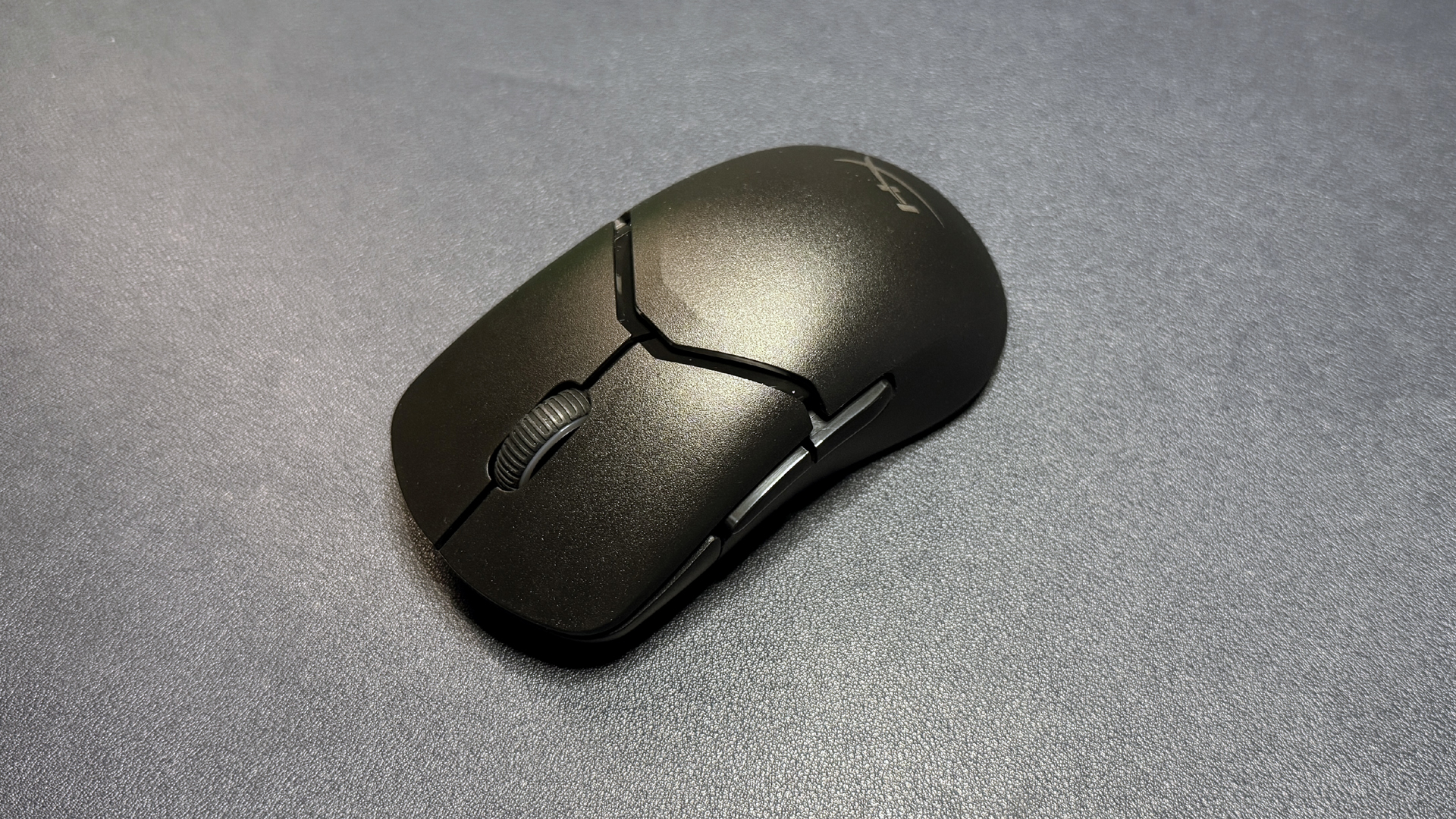

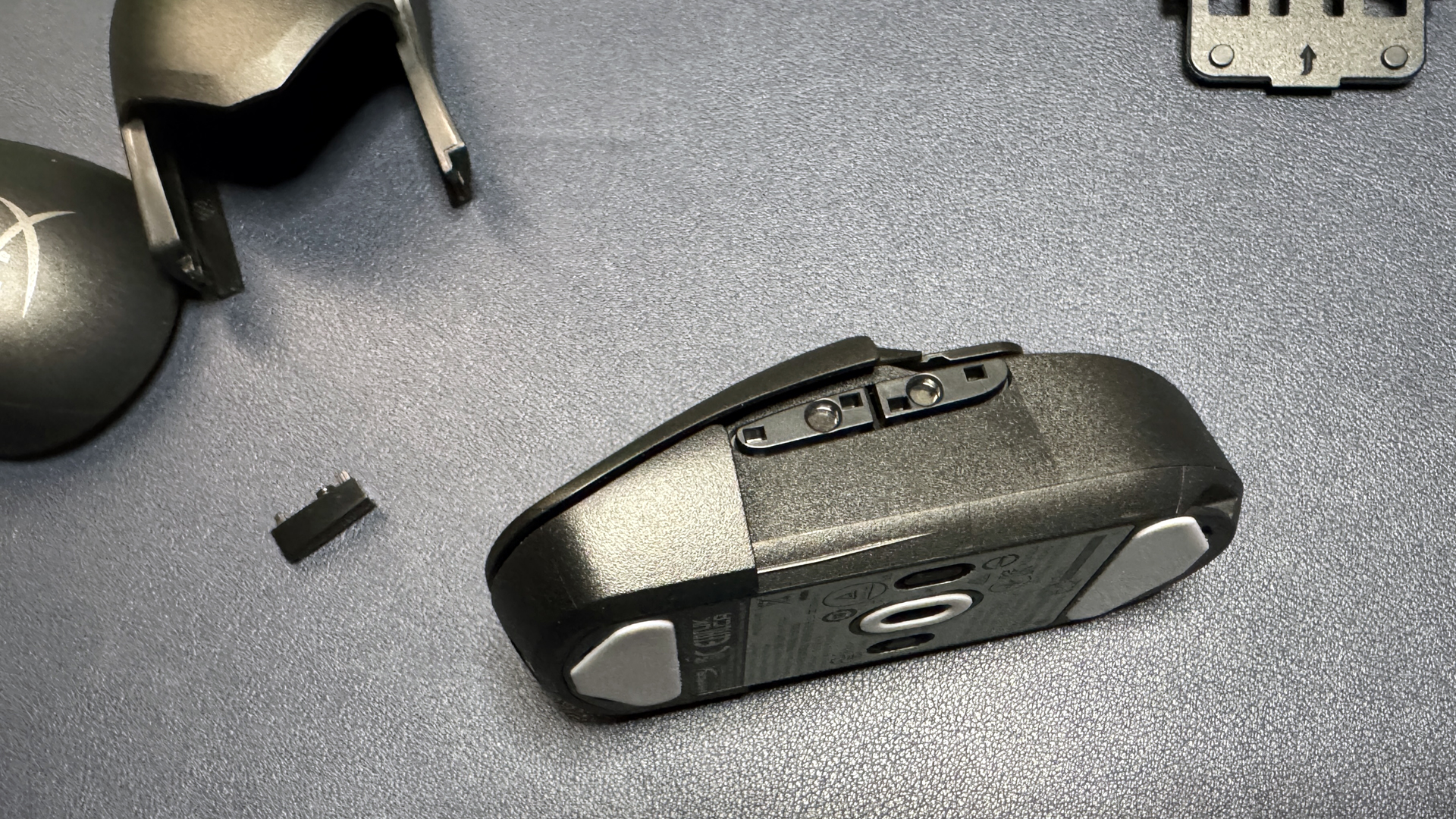

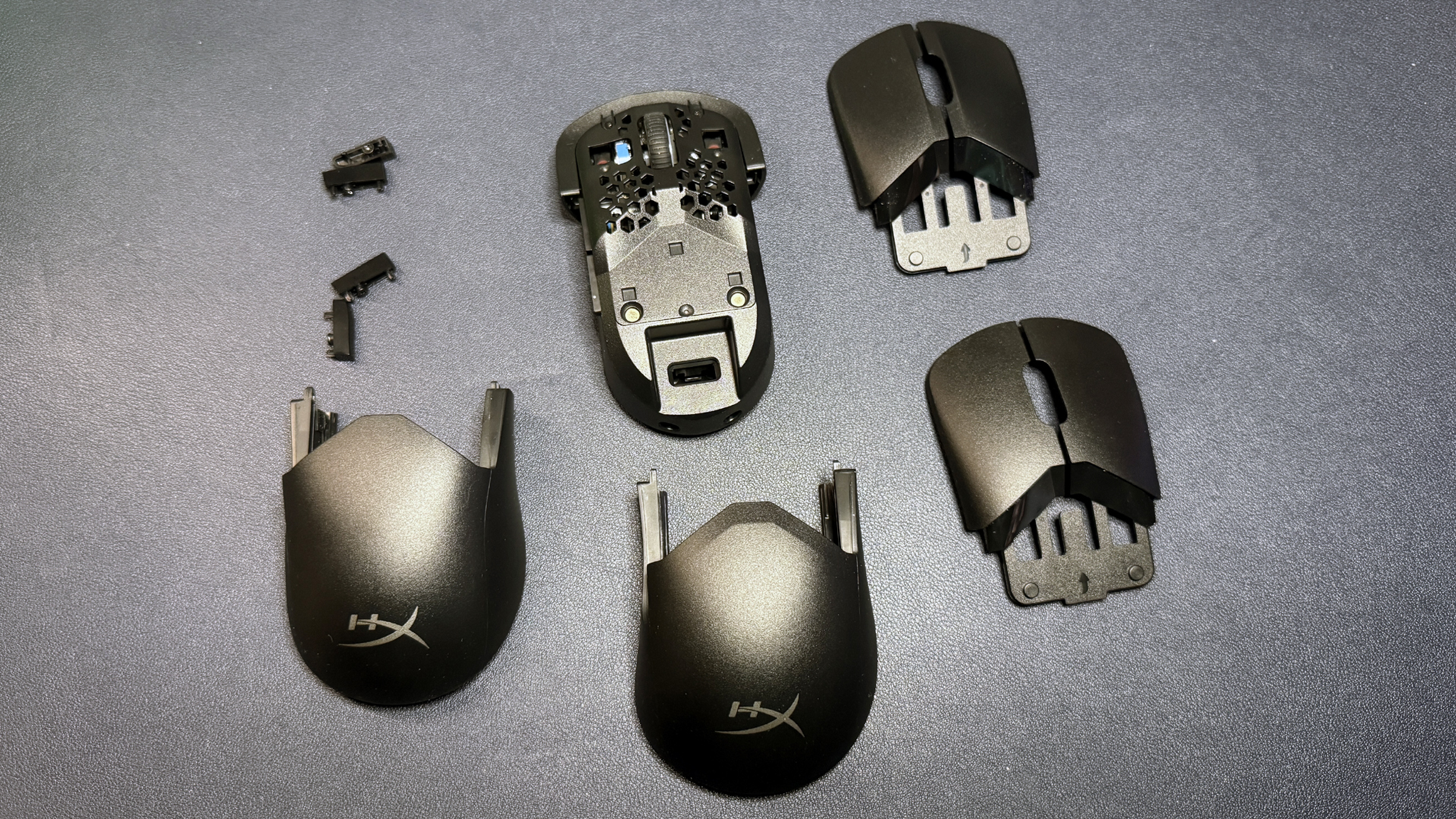
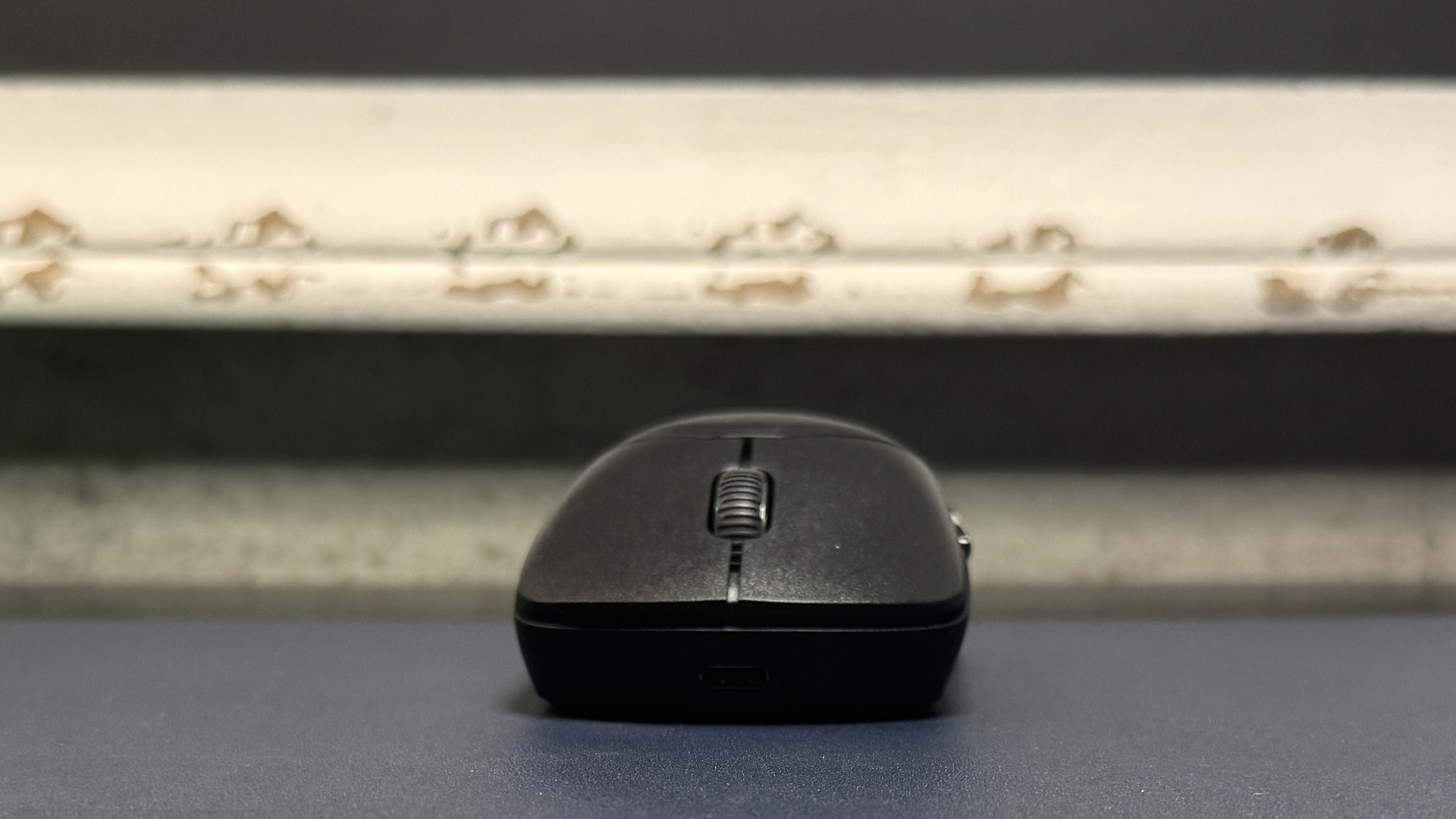





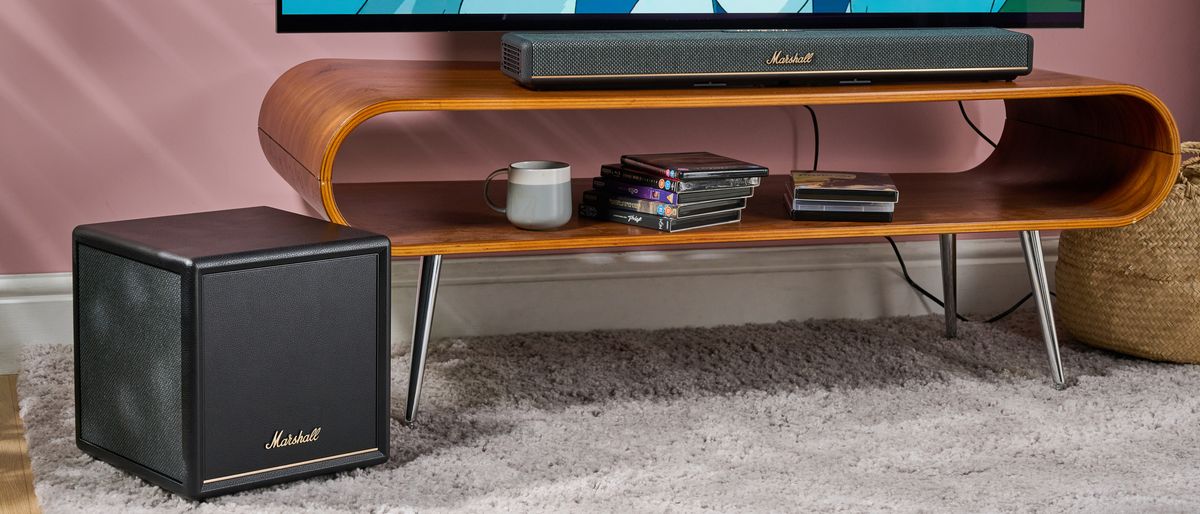





 English (US) ·
English (US) ·